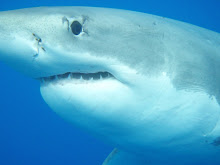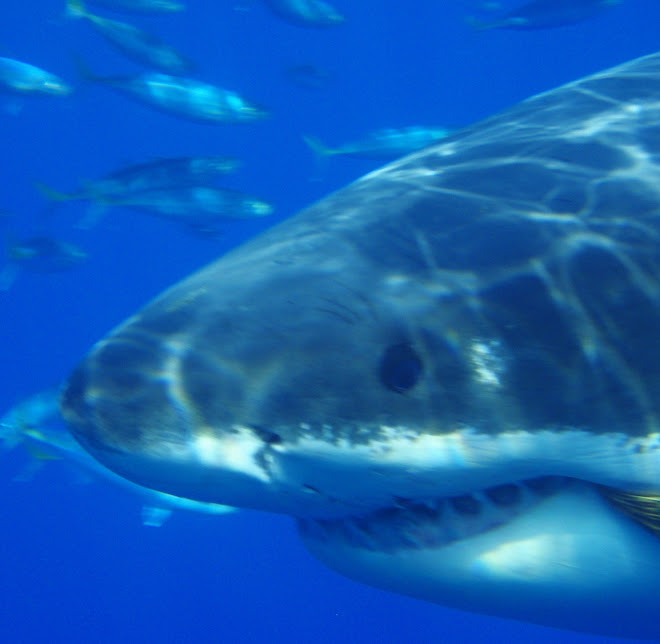

Just another day in ...you know the rest.
It is Sunday, that equates to an afternoon swim after church. As usual, the ocean shimmered as though diamonds were thrown on teal silk.
It was sunny and many of the locals were at the pier playing with their families and enjoying the multitude of "stand up boards" (the new trend).
Bill took out his outrigger to follow Linda and me
It was crystal clear, that called for a swim to the Kona Reef. Again we scoured the reef and there was not a single Tiger Cowrie (see previous blog) to be found. This just reinforced our suspicions that some pig headed, selfish, self centered, macho predator had robbed the reef of these beautiful jewels.
We were successful at several more Crown of Thorn "whacks". I have shown pictures of the Crown in other blogs. Here is a photo of the damage they do. When they are done eating they leave the coral stark white (dead).
I will go into further detail later, but suffice to say the Crown is the only thing that kills coral (besides man). There are only two things that kill the Crown, the Triton Trumpet and me.
The Triton also play a unique role in the Hawaiian ecosystem, the triton is one of the only predators (besides the Pacific Mermaid) that keeps the population of crown of thorns starfish under control. When the Triton was over-collected back in the 70's, (and still is because of it's beauty) the crown of thorns starfish population reached unprecedented highs, causing significant damage to the reef. If link did not open, past this. Great photo of Triton eating Crown.
On the way back from an otherwise uneventful swim, I saw this Helmet about 50' deep.I snorkled down and brought it up for the camera (aided by an unnamed fellow swimmer). They are really hard to see because they are normally buried in the sand and look like any other rock, especially from about 50'!
These mollusks are most beautiful (as is everything in the ocean), but they are also very heavy. this one weighted probably 5-6 lbs.
Here some facts about them:
Family: Cassidae. The Helmet family includes bonnets, false tuns, and true helmets. They number around 60 species worldwide. The larger Helmets feed on sea urchins. The helmet uses its teeth and acidic secretions to drill a hole into the shell of the urchin and digest the soft parts within. The larger helmets build a shield to help them glide along the sandy sea bottom. Sadly most the listings I found for the Helmet shells were sites selling them.
After we placed him back home, I saw another one and then two more. I went down to get one of them and it was so big, I could not bring him up and get us both to the surface at once, so at the bottom he stayed.
I have never seen three Helmets on one swim. They normally are in sandy areas and from my experience are from 50-100 feet deep.
It was one of those you never know what Gods going to bring days....
a Hui Hou









No comments:
Post a Comment